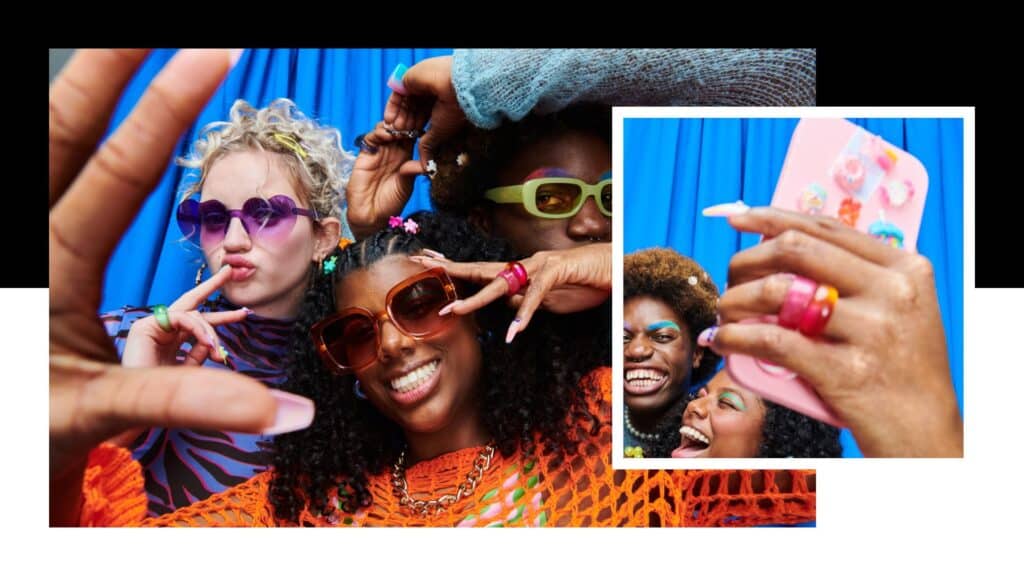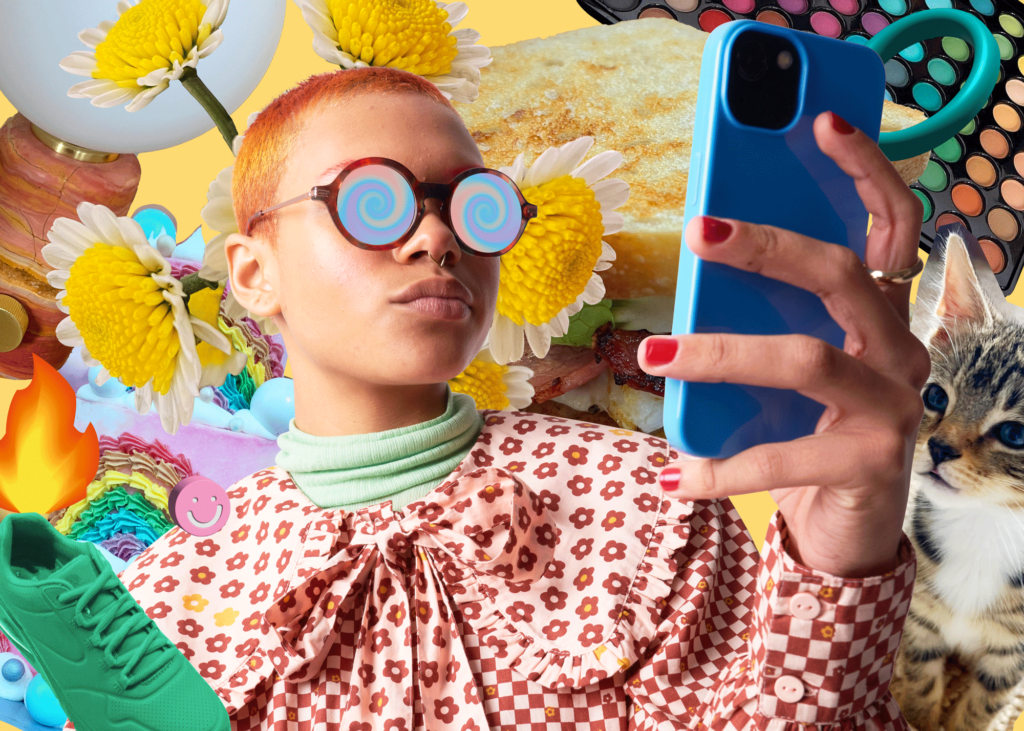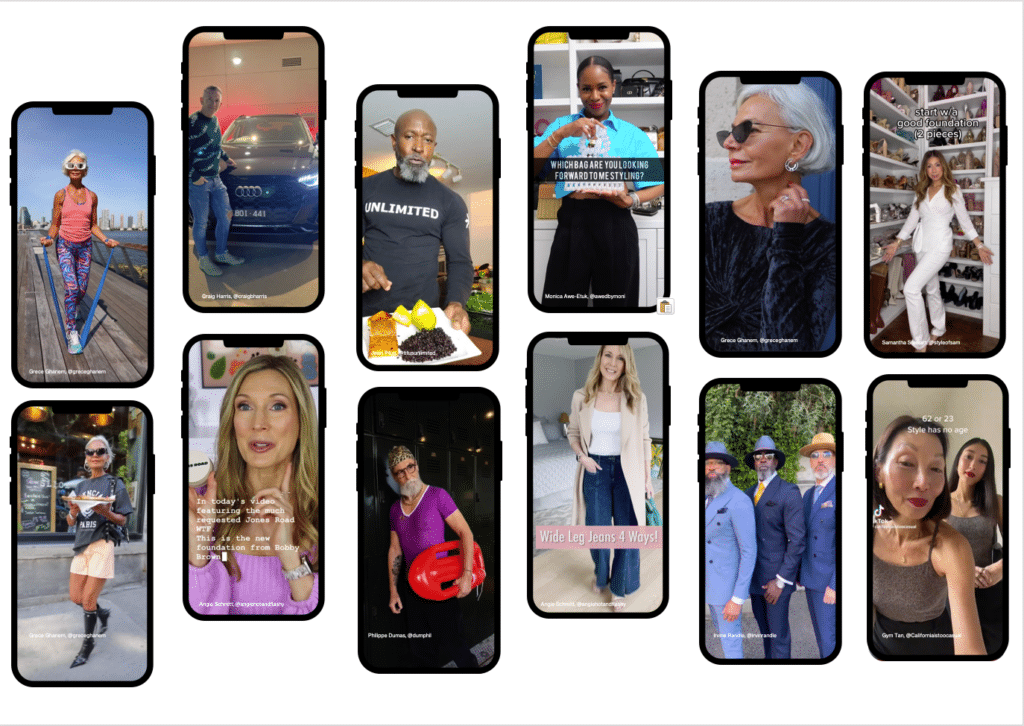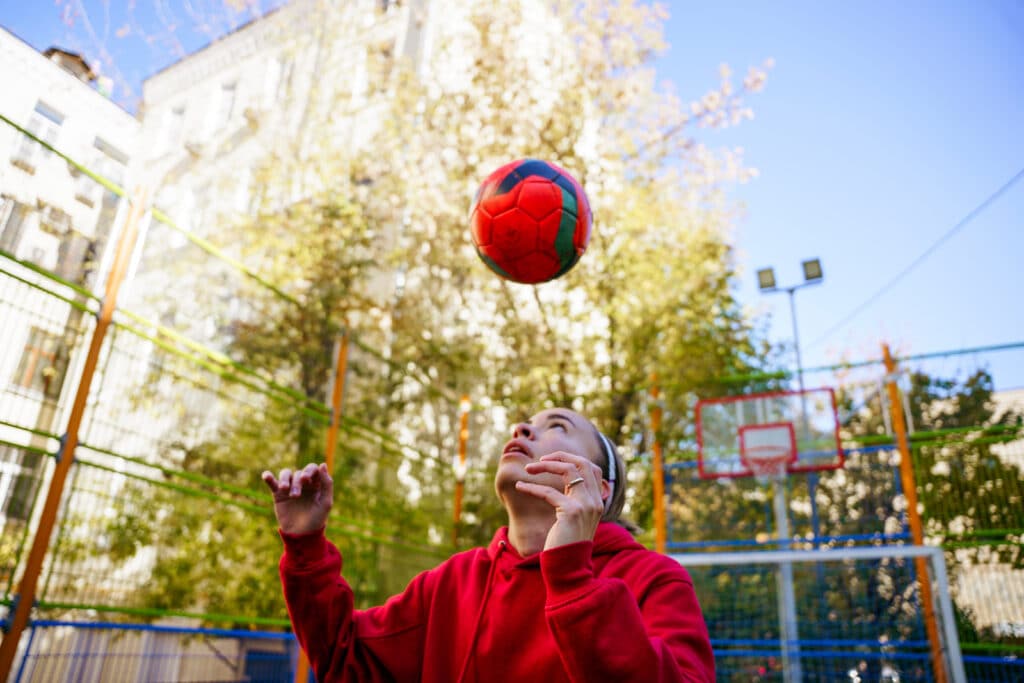Advancements within AI are common practice, and each year media practitioners navigate what are held as the next great innovations within the space, or the new systems which will transform the way we work. And then you have ChatGPT.
Bursting onto the scene in late 2022, its accessibility fast became a huge part of its popularity. The chatbot now has a predicted 100 million monthly active users; put into perspective, TikTok took nine months and Instagram two and a half years to achieve this feat.
What is ChatGPT?
Put simply, ChatGPT is a variant of the GPT (Generative Pre-trained Transformer) language model, developed by Open AI. It is a deep learning model that has been trained on vast amounts of text data, enabling it to generate human-like text responses to a given prompt.
What is GPT?
GPT is a language model which uses transformer neural networks to better understand and generate language. It undergoes pre-training to identify patterns and relationships between words in a sentence, and uses self-attention mechanisms and multi-layer perceptron to model relationships between words, thus generating coherent text sequences.
While hailed as a monumental advancement in the space, Generative AI or ChatGPT has yet to display extensive involvement in the day-to-day work of media practitioners. Here, we study the potential of such technology for media practitioners.
In audience planning

Roles applicable: Media planners, Audience planners
ChatGPT has potential for audience planning. Media practitioners can generate tailored content, such as social media posts or email newsletters, using ChatGPT to engage specific audiences based on desired tones and emotions. ChatGPT can also create audience personas with demographic information and behaviour patterns, helping practitioners to better understand and target their audiences. Note that ChatGPT provides qualitative data, which practitioners would need to validate with external census or survey data.
In search

Roles applicable: Search Manager
ChatGPT has limited direct use for search, as it does not consider keyword performance or buying platforms. However, it can support media practitioners in SEO tasks by suggesting content, keywords, and phrases for optimisation. ChatGPT can generate on-page elements like title tags and meta descriptions, but practitioners must edit them to ensure they meet SEO best practices, as it may not always generate optimised text.
In budget allocation

Roles applicable: Media planners, Investment managers
ChatGPT has limited direct use in budget allocation but can support media practitioners by generating insights and suggestions. It can be trained on historical data to generate insights about media channel performance and target audience preferences, while also generating scenarios based on varying budget allocations. However, its outputs should be evaluated by human experts to ensure accuracy and relevance to the specific needs of the media budget decision.
In creative optimisation (A/B testing)

Roles applicable: Customer Experience (CX) Manager
ChatGPT is able to generate alternative variations of text and creative elements for A/B testing, which can help media practitioners optimise their campaigns and improve performance. With this being said, the generated variations should be reviewed and edited by human experts to ensure they meet A/B testing requirements.
In media channel selection

Roles applicable: Media planner, Media lead
Due to the complex factors involved in media planning, ChatGPT cannot directly help media practitioners in selecting media channels for budget allocation. What it can do is potentially support decision-making by generating reports and insights based on input data. It is important to note that while ChatGPT can provide support, media planning involves a wide range of factors, and it should not be solely relied upon as a decision-making tool.
The future of ChatGPT for media practitioners
ChatGPT is likely to play a significant role is in personalisation. By analysing user data, ChatGPT can help media practitioners tailor their messaging to specific segments of their audience, creating more targeted and effective campaigns. This can help media practitioners save time and resources while also improving the effectiveness of their campaigns. Do note, this personalisation is qualitative in nature and media practitioners will have to seek other sources to corroborate the output.
However, ChatGPT has limited visual and audio capabilities because it is primarily a text-based model, which means that it may not be as useful for media planning tasks that require visual or audio input, such as video or audio production. Additionally, ChatGPT’s responses are based on statistical patterns in the data it was trained on, rather than a deep understanding of the context or the emotions of the user.
For example, it cannot account for the subjective preferences of individual consumers or the emotional impact of a particular ad campaign. These subjective factors are often critical to the success of media investment. Failure in this aspect can lead to responses that are not relevant or appropriate to the situation.

ChatGPT and the advancements that come with it will undoubtedly change the face of how media practitioners work. Across the board, the use of ChatGPT may help in content generation and any work which is generative in nature. Media planning, however, focuses a lot more on quantitative analysis, which is not ChatGPT’s purpose. Its text-based output can, however, act as a precursor before we deep-dive or validate the text output using external data sources.
As each query is generated by the user, the model learning and qualitative data is set to improve. From a commercial standpoint, following the announcement of paid service offering by ChatGPT, the future looks promising and would eventually shape how a media practitioner thinks and plans.
Credits – ChatGPT
- Portions of the introduction section of this piece was streamlined by ChatGPT
- 20% of the content here was written by ChatGPT (80% still by humans!)









